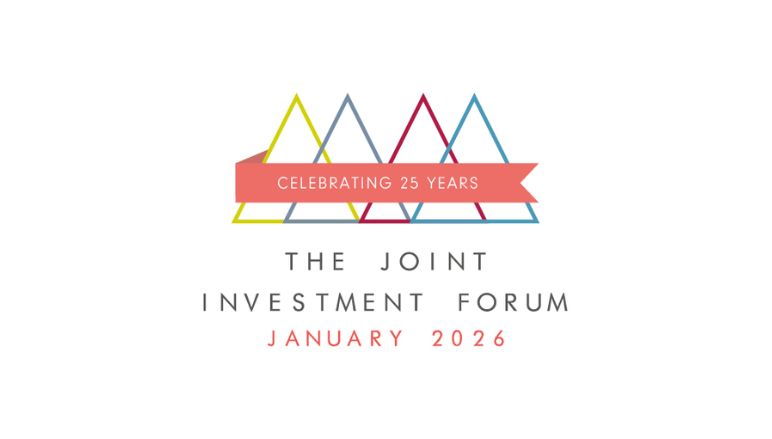Economists were quick to create a crisis out of a temporary rise in bond yields.
- The rise in the UK’s borrowing costs was significant – from 3.8% to 4.9% in just six months
- However, it wasn’t not out of line with rises in global bond yields
- Weaker inflation readings in the UK and US largely dealt with the problem
The hyperbole over the UK went into overdrive this week. As gilt yields rose, there were comparisons with the Liz Truss dramas of 2022, or Denis Healey having to go cap in hand to the IMF in 1976. The UK was in a ‘doom loop’, destined for stagflation. It was a crisis, the Chancellor needed to resign and so on and so on.
This seemed excessively negative, even for the UK. Certainly, the rise in the UK’s borrowing costs was significant – from 3.8% to 4.9% in just six months for the 10 year gilt yield – and, if maintained, would eliminate the Chancellor’s fiscal headroom. However, the UK is neither the only country with fiscal pressures, nor the only country that has seen a significant rise in bond yields.
In fact, the UK’s debt to GDP, which hovers around 98-100% looks relatively restrained compared to that of Japan (255%), Italy (135%), the USA (122%), France (108%) and Spain (108%). Even Belgium and Portugal are ahead of the UK. Of the major European nations, only German, at 63%, is materially different.
Equally, the rise in UK bond yields does not look anomalous when compared to global peers. The US 10 year treasury yield has risen from 3.6% to 4.8% over the past six months, in line with UK yields. The French 10 year bond has gone from 2.8% to 3.5% since early December. Germany is the notable exception, but it has its own problems.
Equally, there are some questionable assumptions going on in the price of gilts. The first is that the UK must necessarily track US monetary policy. This is not the case, and the two central banks can – and have – diverged when the situation has demanded it. The second is that the UK is facing the same inflationary pressures. Certainly, it is plausible that the NI rise in the budget pushes prices higher as companies seek to pass on higher costs. However, it is also plausible that the NI rise depresses hiring and wages. Equally, the UK government does not have the same Trumpian inflationary agenda of tax cuts, deregulation and tariffs.
This appeared to be confirmed when the UK inflation figures came out. Inflation unexpectedly dropped month on month, with service sector inflation easing considerably. Helpfully, it also coincided with weaker inflationary data in the US. By the end of the week, 10 year gilt yields were already edging closer to 4.7%, and Rachel Reeves could sleep easy once again.
However, the whole episode showed how ready many economists are to panic about the state of the UK. We may have our problems, but no-one needs to dial the IMF just yet.


















